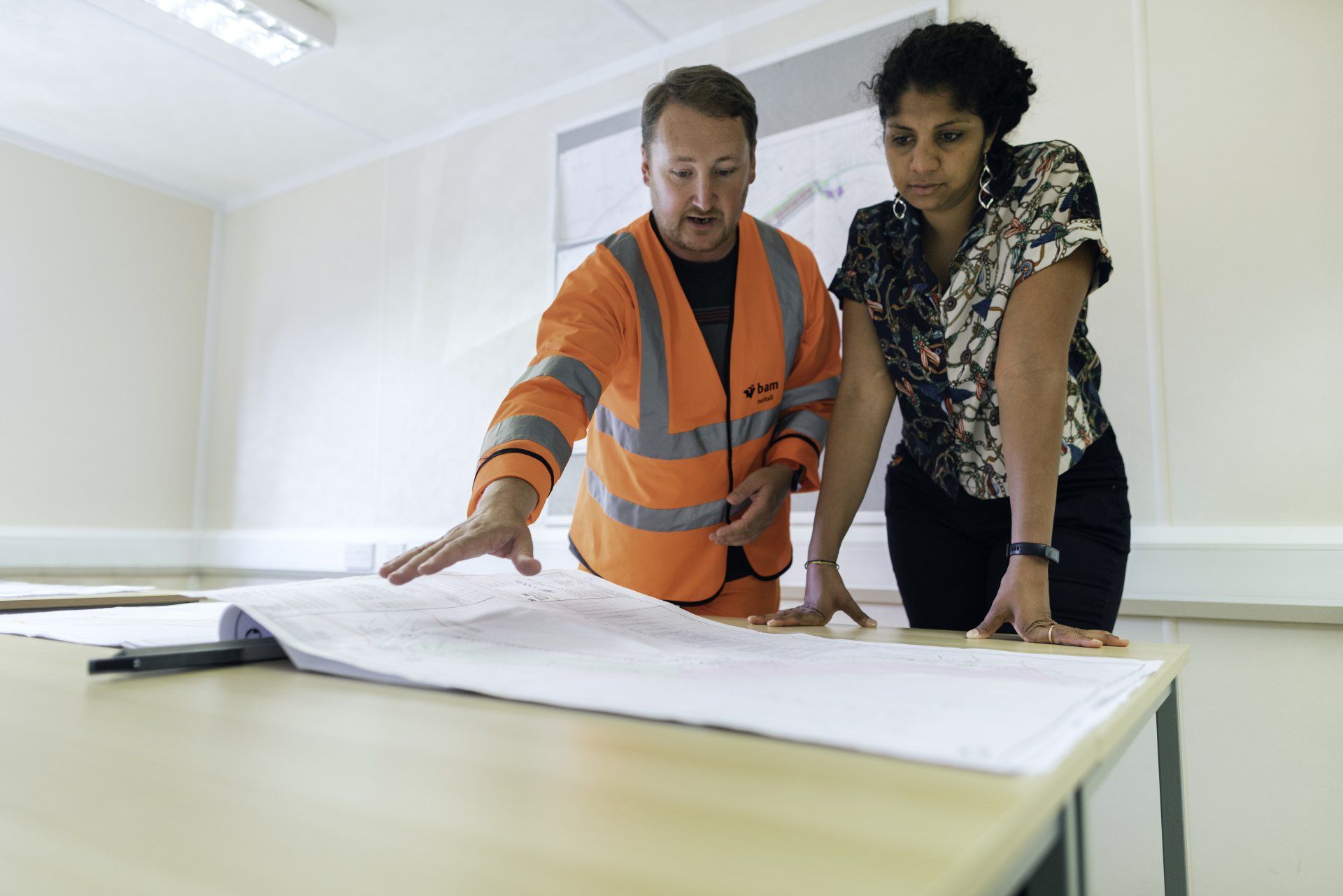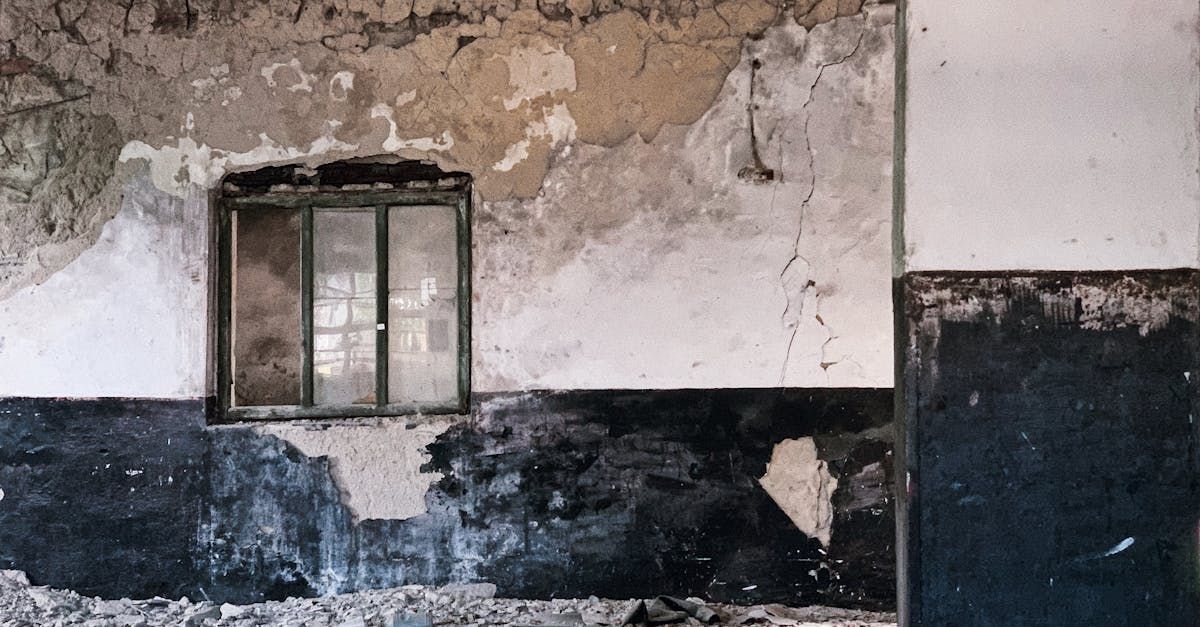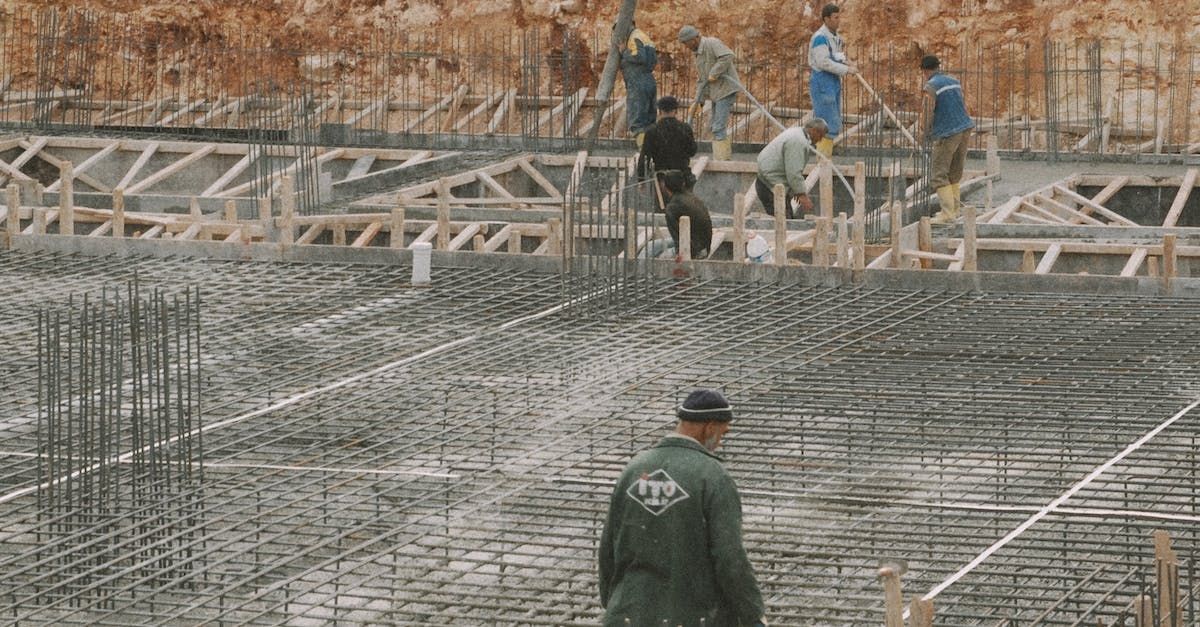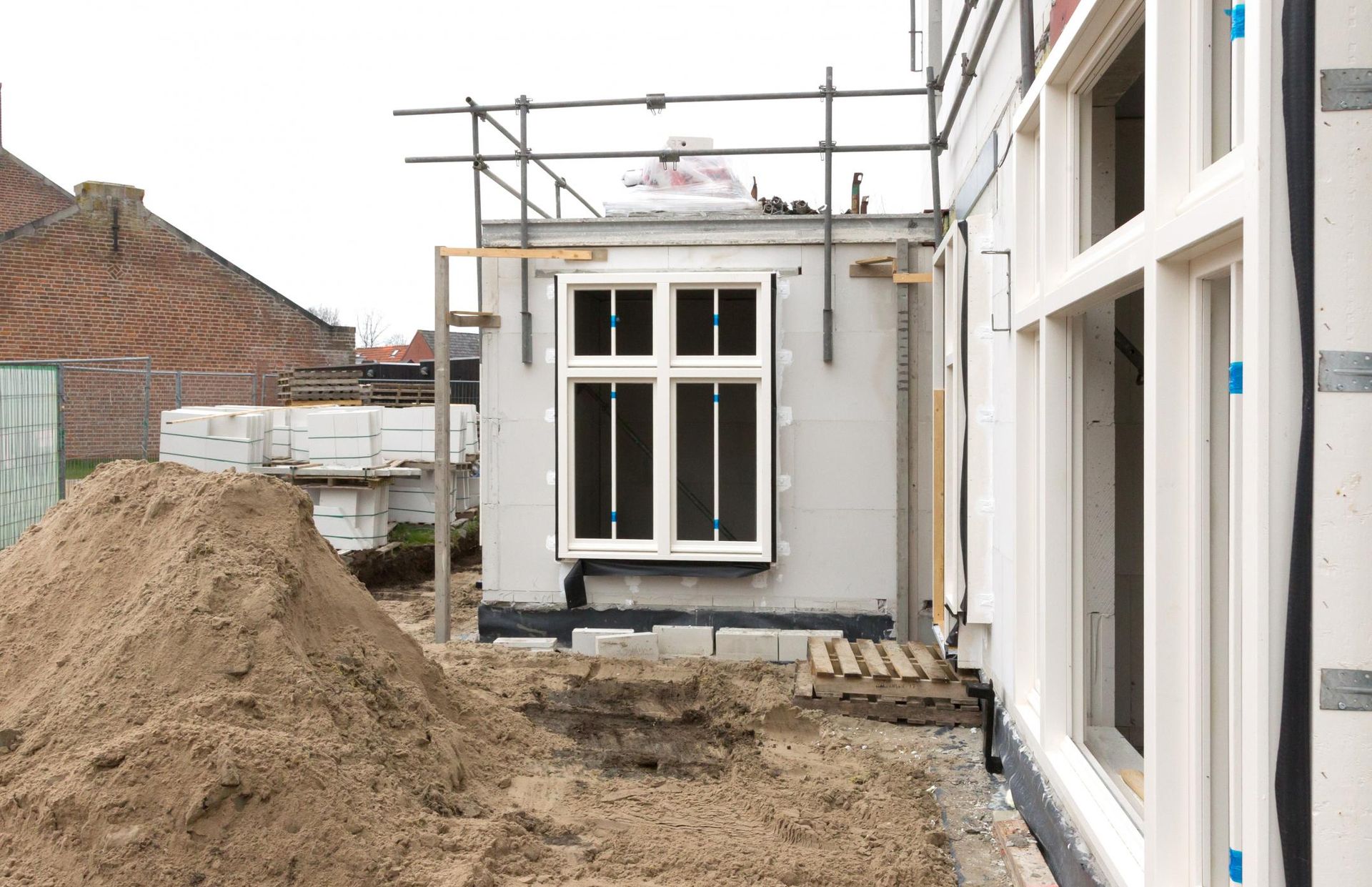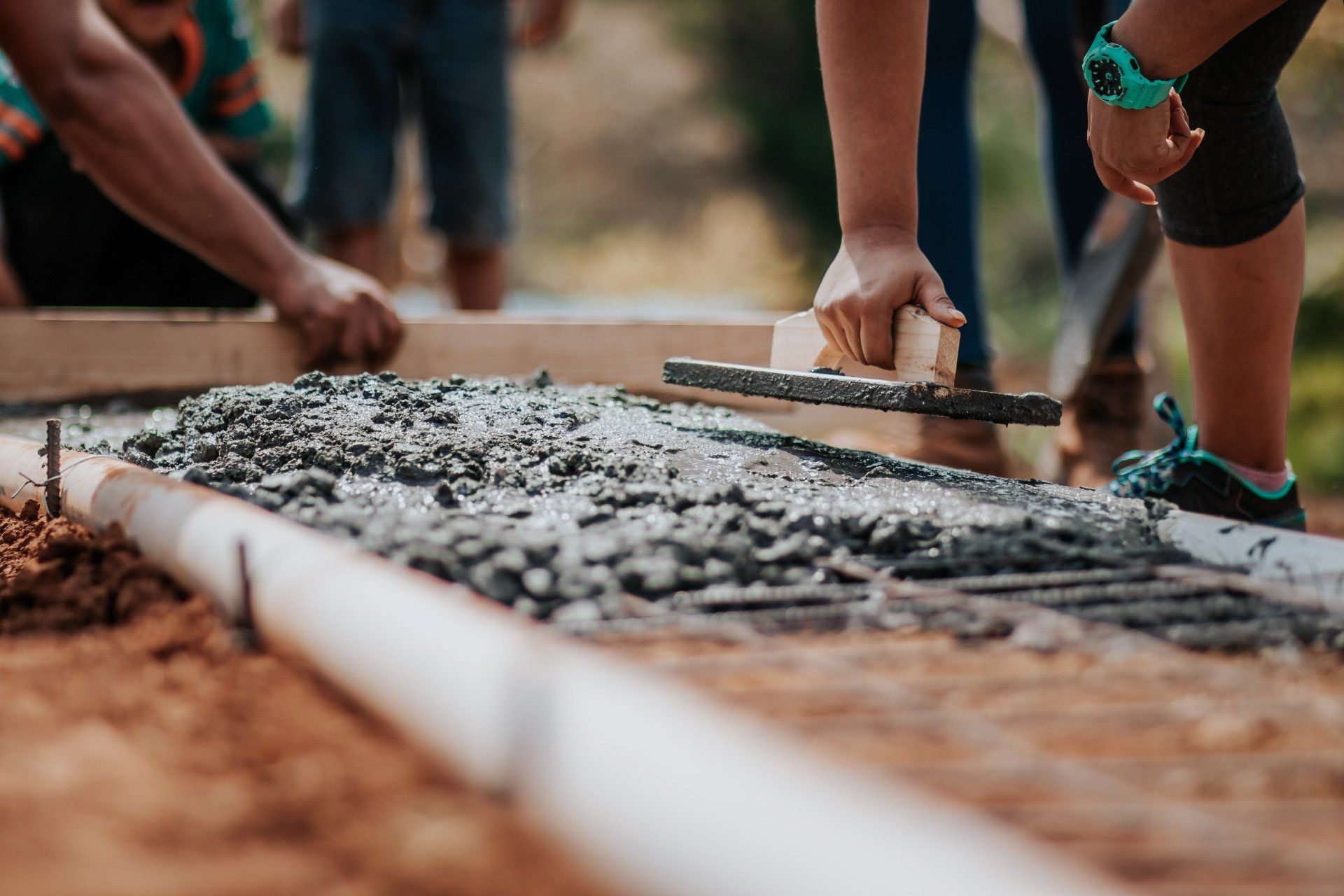The Balancing Act: Tips and Tricks for Perfect Foundation Leveling
Mastering Stability - Your Ultimate Guide to Foundation Leveling and Repair
In the world of home maintenance and repair, ensuring a stable and level foundation is paramount. A solid foundation not only guarantees the structural integrity of your home but also prevents a myriad of problems that can arise from an uneven base. This comprehensive guide dives deep into the realm of foundation leveling, offering you the insider tips and tricks necessary to achieve perfect foundation balance.
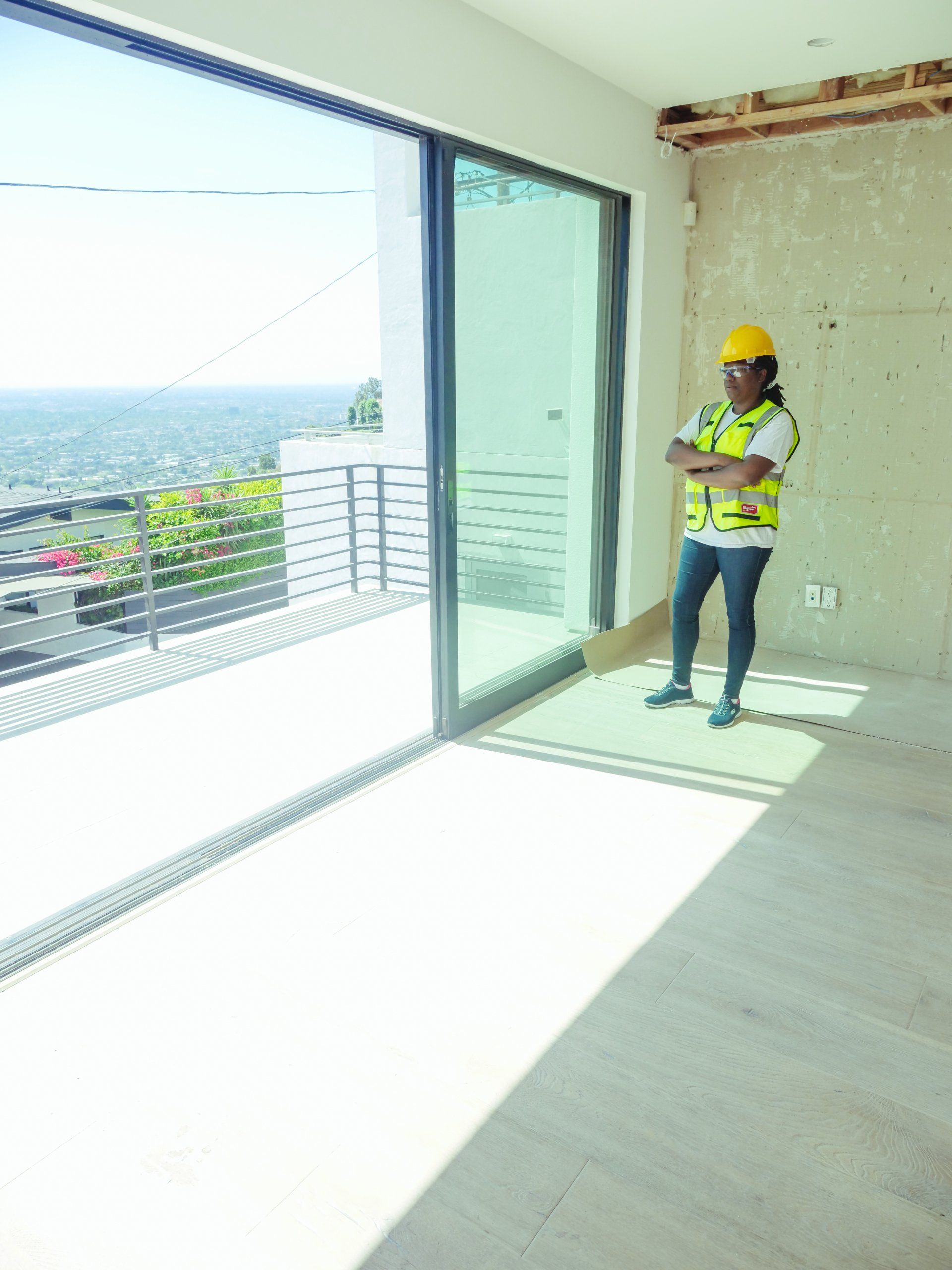
Understanding Foundation Leveling
Foundation leveling is a critical process aimed at correcting any imbalances or settlements that occur in the foundation of a building. Over time, environmental factors, soil conditions, and water damage can lead to foundation issues that, if left unchecked, can compromise the safety and value of your property. Recognizing the signs of foundation trouble early can save you from costly repairs down the line.
Identifying the Need for Foundation Repair
The first step in addressing foundation issues is identifying the problem. Signs of foundation distress include cracks in the walls or floor, doors that won't close properly, and uneven floors. These symptoms indicate that your foundation may require leveling and repair to restore its integrity.
Choosing Concrete Foundation Contractors
When it comes to foundation work, selecting the right concrete foundation contractors is crucial. Look for experienced professionals with a solid track record of foundation remediation. Ensure they have the expertise in foundation leveling and repair, and can provide comprehensive solutions tailored to your specific needs.
Foundation Remediation Techniques
Foundation remediation encompasses a variety of techniques designed to address and fix foundation issues. Common methods include:
- Piering and Underpinning: This involves driving steel or concrete piers into the ground beneath the foundation to support and level the structure.
- Mudjacking: Also known as concrete slab leveling, mudjacking lifts a sunken concrete slab by pumping a grout mixture underneath it.
- Helical Piers: Similar to piering, helical piers are screwed into the ground and are used for both light and heavy loads.
Each technique has its own set of advantages and is suited to different types of foundation problems.
Concrete Slab Leveling: A Closer Look
Concrete slab leveling, or mudjacking, is a popular method for correcting uneven slabs. It is less invasive and can be a cost-effective option for foundation leveling. The process involves drilling small holes in the slab and then pumping a slurry underneath to raise it back to its original level.
Foundation Leveling and Repair: Do It Right
Executing foundation leveling and repair requires precision and expertise. It's essential to follow a systematic approach:
Assessment:
Conduct a thorough assessment of the foundation to identify the extent of the damage and the best remediation technique.
Preparation: Prepare the site for repair, which may involve excavating around the foundation or drilling holes for piers or mudjacking.
Execution: Carry out the repair work meticulously, ensuring that the foundation is leveled accurately.
Finishing: Once the foundation is leveled, finish the work by repairing any cracks or damages to the structure and landscaping.
Preventive Measures
While foundation repair can address existing issues, taking preventive measures can help avoid future problems:
Proper Drainage:
Ensure that water drains away from the foundation to prevent soil saturation and erosion.
Regular Inspections: Conduct regular inspections of your foundation for early signs of distress.
Soil Maintenance: Maintain consistent moisture levels in the soil around your foundation to prevent excessive expansion and contraction.
Conclusion
Foundation leveling is a crucial aspect of maintaining the structural integrity of your home. By understanding the signs of foundation distress, choosing the right contractors, and employing the appropriate remediation techniques, you can ensure your foundation remains stable and secure. Remember, the key to successful foundation repair lies in early detection, expert intervention, and preventive maintenance. With these tips and tricks, you're well on your way to mastering the balancing act of foundation leveling and repair.
Irvine Foundation Repair Pros


